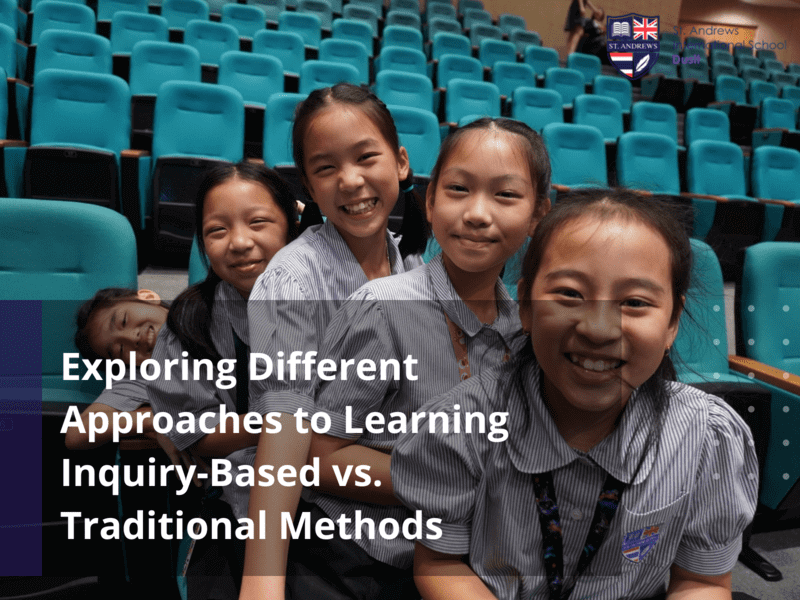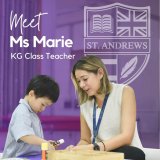At St. Andrews Dusit British International School, we mould the minds of the youth to help prepare them for a brighter tomorrow as future leaders and adults. We do this through our holistic approach to education.
We also support the holistic wellbeing of our young ones in every aspect of themselves. We appreciate the cooperation of parents in giving us two-way support for their socio-emotional development and academic success.
St. Andrews Dusit makes it a point to observe both traditional and inquiry-based models of teaching and learning. Traditional learning is what you see in most schools, both private and public.
It’s inquiry-based learning that’s the unconventional method we also encourage for the sake of stimulating the young minds entrusted to us, an international school that epitomises the creed of holistic learning.
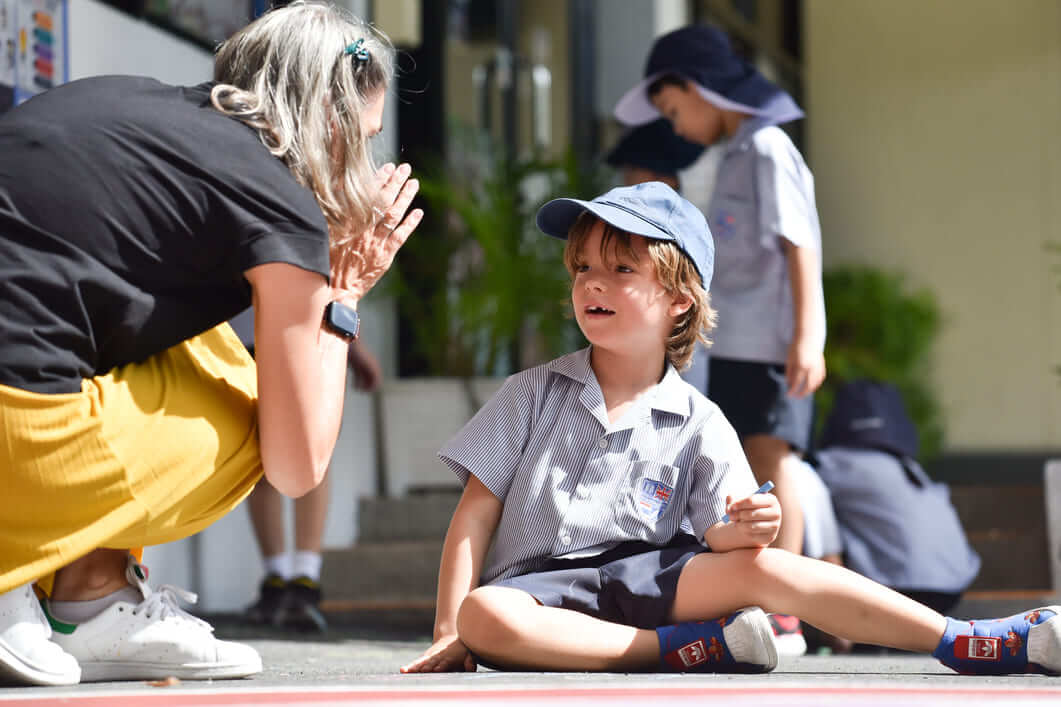
The Importance Learning in Every Way Possible
Both inquiry-based and traditional methods of learning fall under our holistic methodology, which allows our children, from ages 2 to 11, to approach their academics and studies using every strategy, perspective, and avenue possible.
In the traditional style of teaching, children learn passively while the teacher offers or even spoon-feeds the information to them, with them hopefully retaining it through practice.
In the inquiry-based style of teaching, the students don’t passively learn but actively ask questions about the subject, allowing them to learn the curriculum at their own pace.
“Which is the better teaching style? Is it traditional or inquiry-based learning? Sometimes, inquiry-based learning can supplement traditional learning in a holistic sense.” (Teacher Quote)
In regard to which method is the best, it depends on what the child needs. It’s like having a toolbox full of tools you can choose from in order to interact with things or solve problems.
Sometimes, inquiry-based learning allows you to fully understand the subject and retain vital information at your own pace with long-lasting retention. Other times, the traditional method is enough to learn the gist of a subject along with your peers for later self-study if required.
They can learn at school, and they can learn at home. We also integrate homeschooling with the cooperation of the parents by strengthening parent-teacher partnerships to help the child truly learn in a holistic manner, resulting in a well-rounded individual.
What is Inquiry-Based Learning?
Traditional studies still have value in giving you general knowledge for your holistic growth. It will always have its place in public, private, and international schools.
However, sometimes the best way to approach your subjects, from mathematics to science as well as social studies and civics, is to learn them through inquiry.
With inquiry-based learning (IBL), you learn enough about the subject to ask pertinent questions, then start asking questions to poke and prod at the information in every way possible, learning every aspect that goes beyond surface-level knowledge.
IBL was developed back in the 1960s in order to specifically flip the traditional model of teachers handing out pamphlets and chalkboards full of information that children are supposed to write down or photocopy, then memorise in their own time.
With IBL, the youngsters and instructors share the responsibility for learning. They encourage more questions and interrogation, leading to better information retention compared to mechanical or rote memorization.
The main advantage of inquiry-based learning models is their interactivity and how the child is able to learn in a more engaged manner, leading to better processing of the information to turn it into true knowledge.
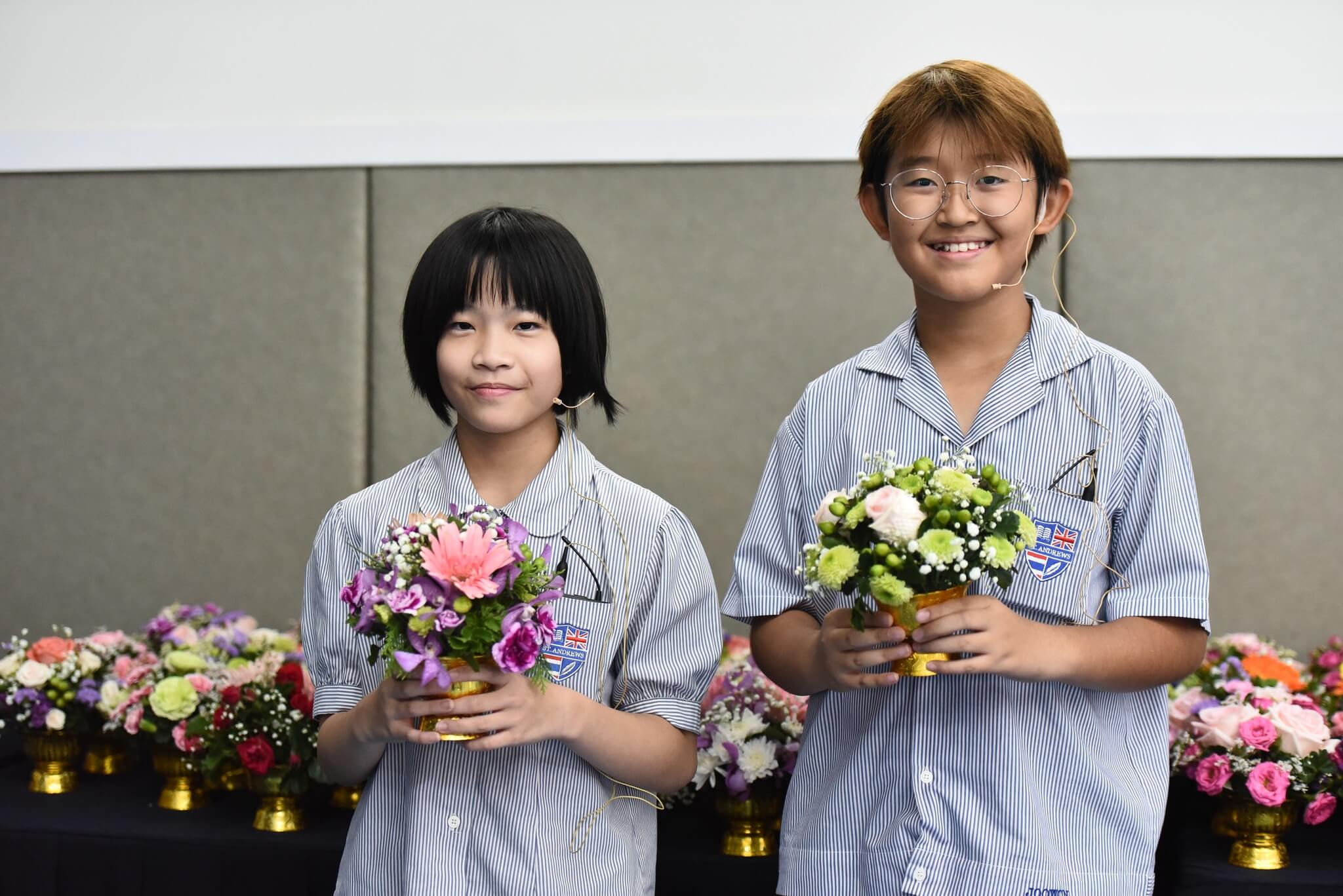
What are Traditional Styles of Education?
The traditional style of education is what most people think of when they imagine school. The teacher is the head of the classroom, offering information, discussing topics, and discussing formulas for children to memorise and use on their own.
The children have more responsibility in doing their homework, passing their tests, handling any pop quiz, or getting good marks at the final examinations using memorised facts and figures.
The teachers do their best to give out all the information that the children are supposed to study and show mastery of through testing, like quizzes every week and periodical tests every quarter or midterm.
While IBL is the more child-focused approach, traditional learning puts the onus of studying and attendance on the child. It’s less flexible and more rigid in its planning structure. The tests serve as ways to ensure the child pays attention to every class.
Instead of independently or collaboratively assigning tasks to the children on a need-to-know basis, children are pressured to keep pace with the rest of the class with the lesson plan.
They should learn the subject at the same time and then test how much information they’ve retained through every homework, seatwork, quiz, periodical test, or final exam they’re able to pass.
Which Style of Learning is Best Suited for Children?
For the young children being taught in St. Andrews Dusit—2 to 11-year-old children, at that—a more flexible and child-focused approach makes more sense so that they’re prepared to adapt to the more rigid and regimented learning in traditional school systems.
With IBL, the extent of teacher-directed versus child-directed learning is variable. There’s room for adjustment, and the child can learn at their own pace, which also encourages better knowledge retention
The most important part of IBL that coincides with the holistic learning principles of St. Andrews Dusit is how the system encourages self-motivated learning and questions.
It’s possible for many children who’ll grow into teenagers and young adult students to use rote memorization to survive middle school and high school. They can simply memorise whatever information’s fed to them by their teacher.
The issue here is that such techniques lead to poor long-term knowledge retention, even though they are superior to teaching multiple children in one class at the same time and pace.
By teaching these young minds the power of inquiry and the flexibility of approaching the pursuit of knowledge from multiple angles, they’ll be able to learn more on their own and retain more knowledge even long after they’ve passed their childhood subjects.
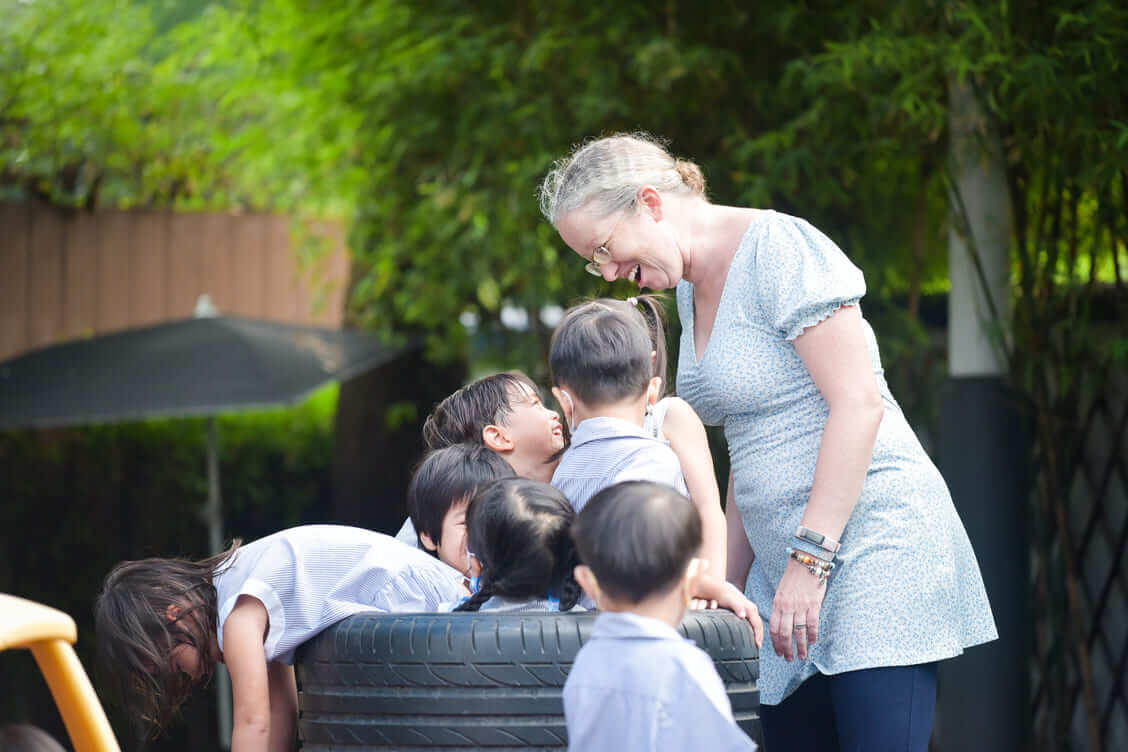
There Isn’t Necessarily a Best Method Though
IBL isn’t the end-all and be-all of learning. It’s just another tool in your holistic learning toolkit, along with traditional learning models.
The pressure to memorise and retain information at the same pace as your peers while being regularly tested for them does work in raising the literacy rates of the studious child.
It just pays to also have IBL on hand to allow the same child to work independently or collaboratively with classmates to solve problems through fieldwork and in-class work with constant inquiries and out-of-the-box exploration.
The structured learning of the traditional or instructional model focuses on helping the child develop into a well-rounded person capable of answering a central question or solving a particular problem.
Meanwhile, the process of having the child pose questions they come up with rather than having the teacher pose questions related to the theme or topic allows him to truly understand or comprehend something instead of just memorising facts from a book or a chalkboard.
There’s simply less handholding involved with inquiry-based learning—instead, it becomes an educational collaboration between teacher and young learner. This is where advanced learning happens.
The Verdict
At St. Andrews Dusit British International School, our teachers do their part in helping children realise their full potential holistically by teaching them different subjects in the traditional way and through IBL, or inquiry-based learning.
We teach them that there are more ways to solve a problem or approach a subject than one universal method. Also, St. Andrews Dusit is part of the international Cognita School Group. The group manages schools all over Europe, Asia, and the Americas.
If you wish to learn more about what St. Andrews Dusti has to offer, schedule a visit to our lovely campus for more information. Alternatively, you can also watch our school’s personalised interactive virtual campus tour at your own convenience.

